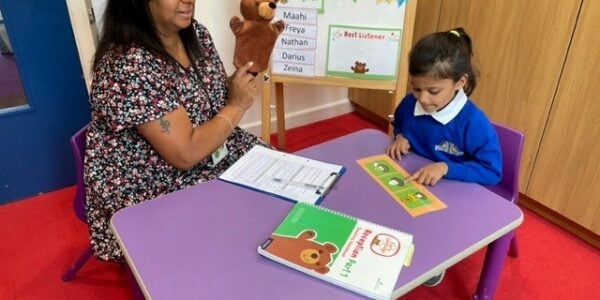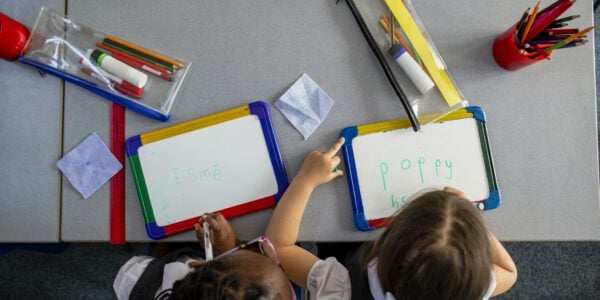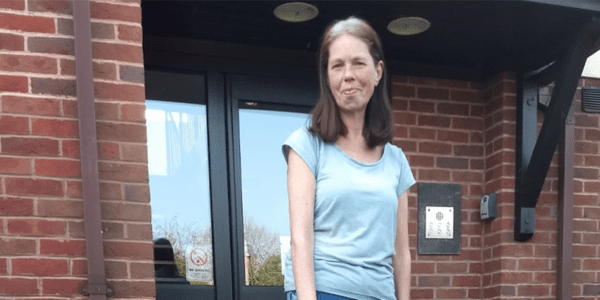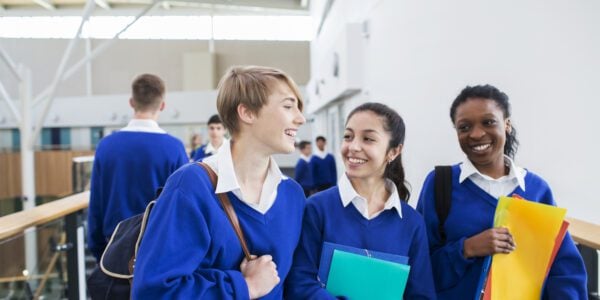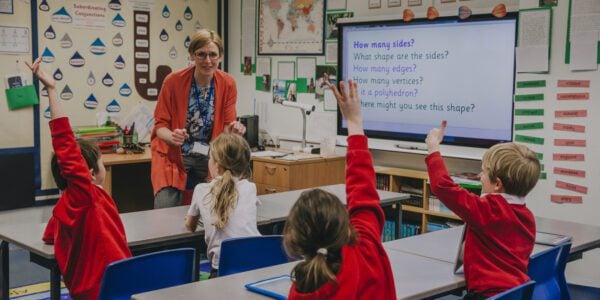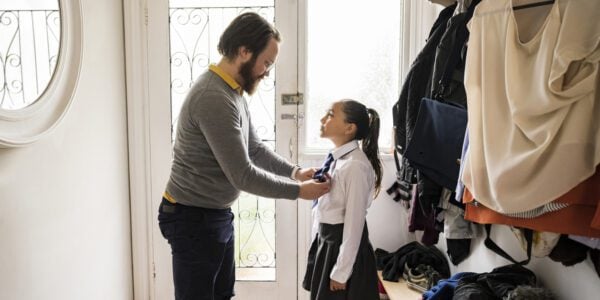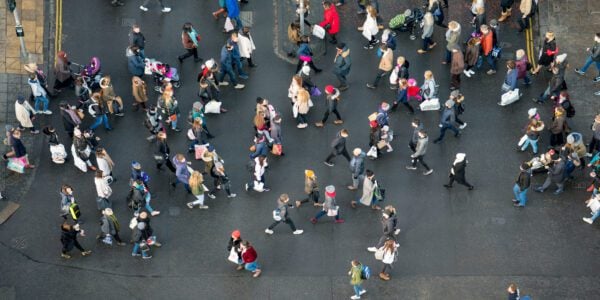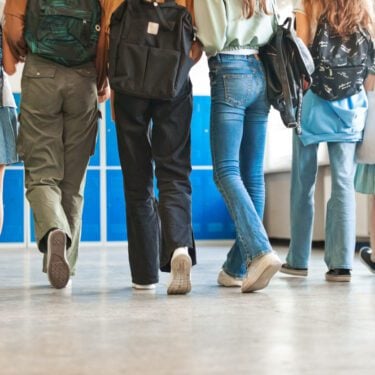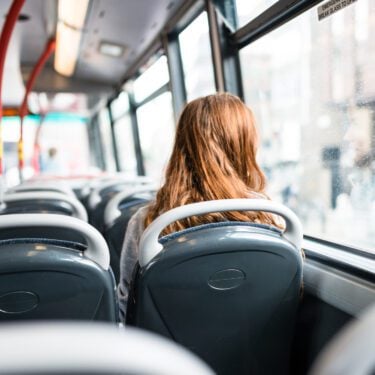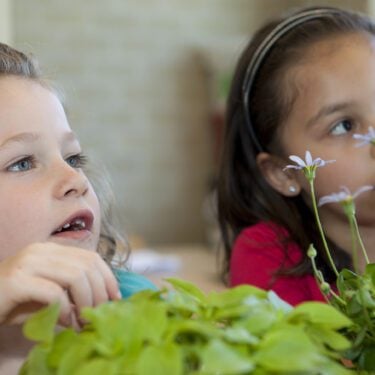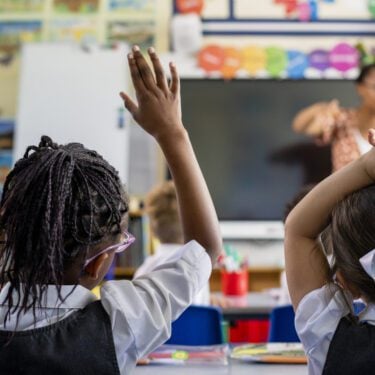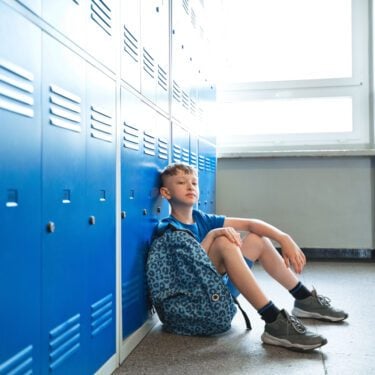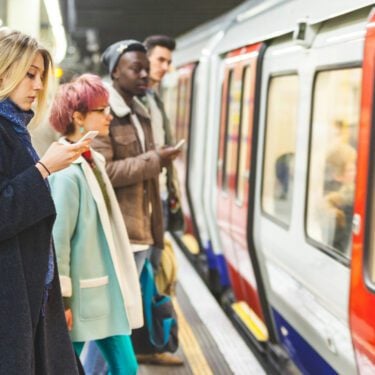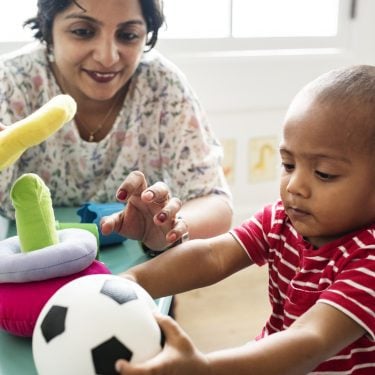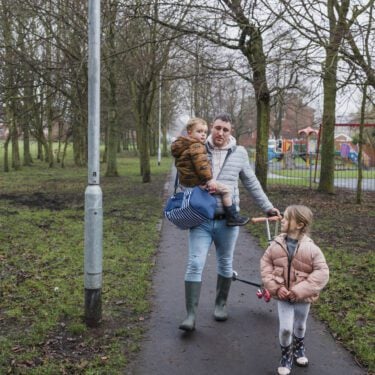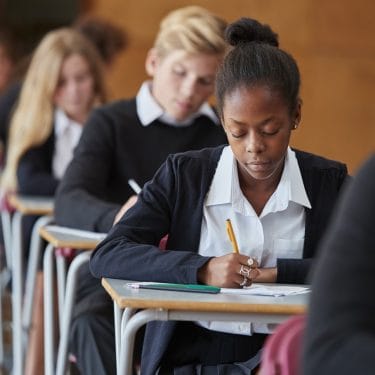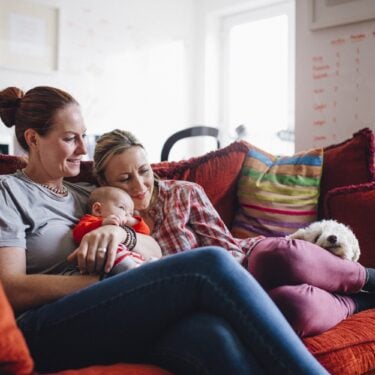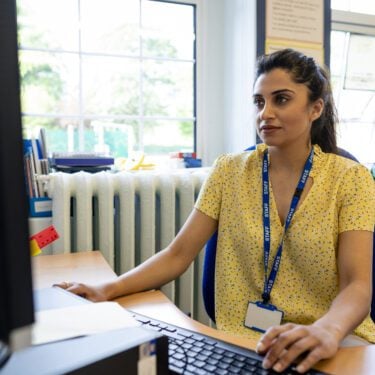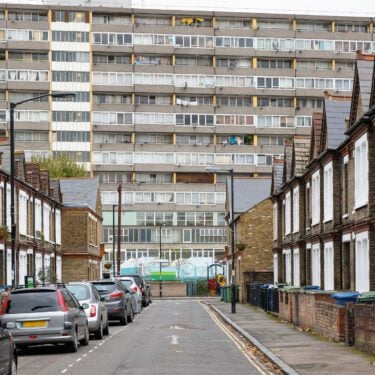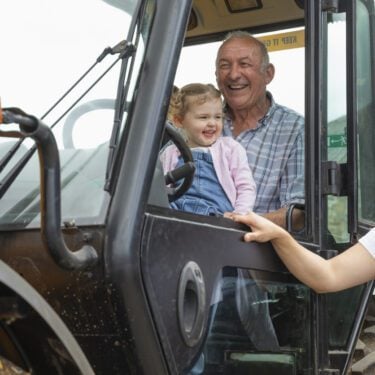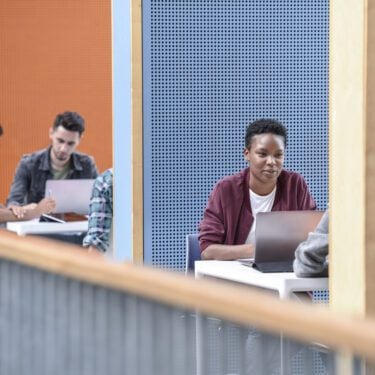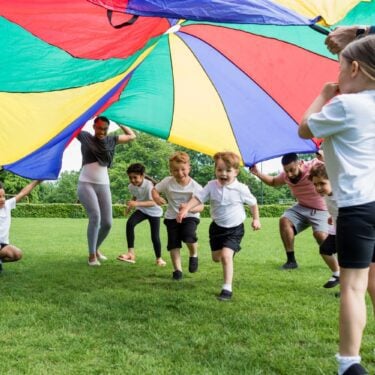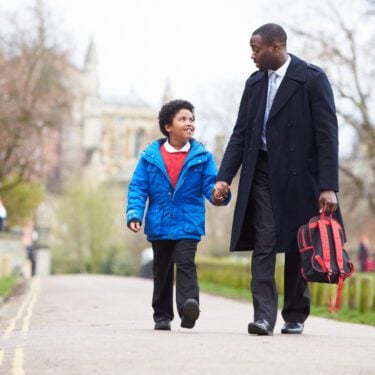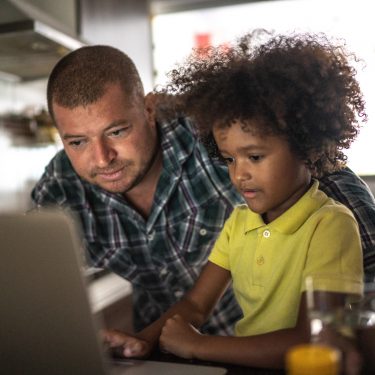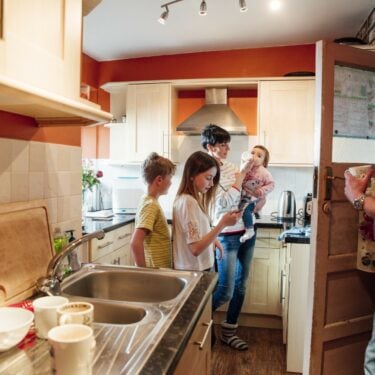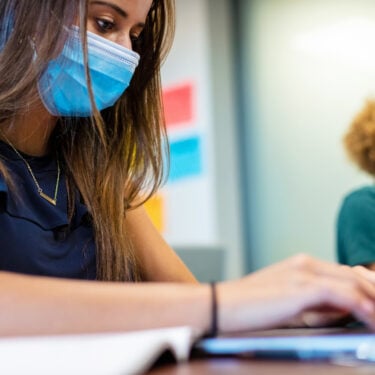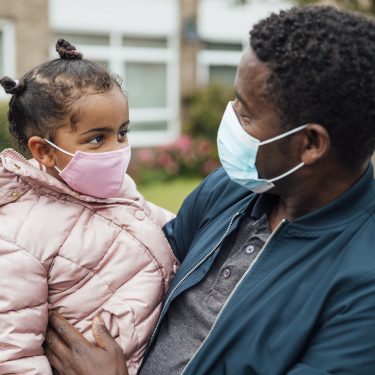School funding per pupil in England has increased substantially since the millennium. More dramatic than the average increase in funding was the increased focus on deprived schools over the 2000s, a trend that started well before the pupil premium was introduced in 2010.
These findings are from new IFS research published today and funded by the Nuffield Foundation. The IFS found that some of these additional resources were spent on hiring additional teachers. But a much larger amount went on higher numbers of teaching assistants, other non-teaching and non-staff expenditures. Some of these changes were intended by policymakers at the time, but it is not clear they ever intended the scale of the change we see in terms of the numbers of teaching assistants or other non-teaching staff.
Instead, the IFS argue that the scale of the changes is more likely to reflect rigidities when making staffing decisions, the flexibility of contracts and the timing of funding allocations.
Between 1999–00 and 2009–10, current or day-to-day spending per pupil in England increased by 5% per year, on average, in real-terms. It has continued to grow in real-terms since 2010 as the coalition has chosen to increase the current schools budget slightly in real terms, despite the deep cuts to spending on many other areas of public services (though it has chosen to make substantial real-term cuts to schools capital spending).
Perhaps even more noteworthy is the fact that school funding in England has become much more targeted on the most deprived schools over time, as is demonstrated in the table below (here and throughout we only focus on funding for day-to-day or resource spending). At the end of the 1990s, average funding per pupil amongst the most deprived fifth of primary schools was around 17% higher than that in the least deprived fifth of primary schools. At 15% the difference between most and least deprived secondary schools was similar (based on dividing schools into quintiles in terms of the proportion of children eligible for free school meals).
Between 1999–00 and 2012–13, funding per pupil rose much more strongly amongst the most deprived primary and secondary schools. As a result, funding per pupil in the most deprived primary and secondary schools was nearly 40% greater than in the least deprived ones in 2012–13, a substantial increase in the level of funds targeted at school deprivation. This increase in funding targeted at deprivation occurred both during the 2000s and after 2010 when the pupil premium was introduced. The pupil premium therefore represents a continuation of this long-run trend.




